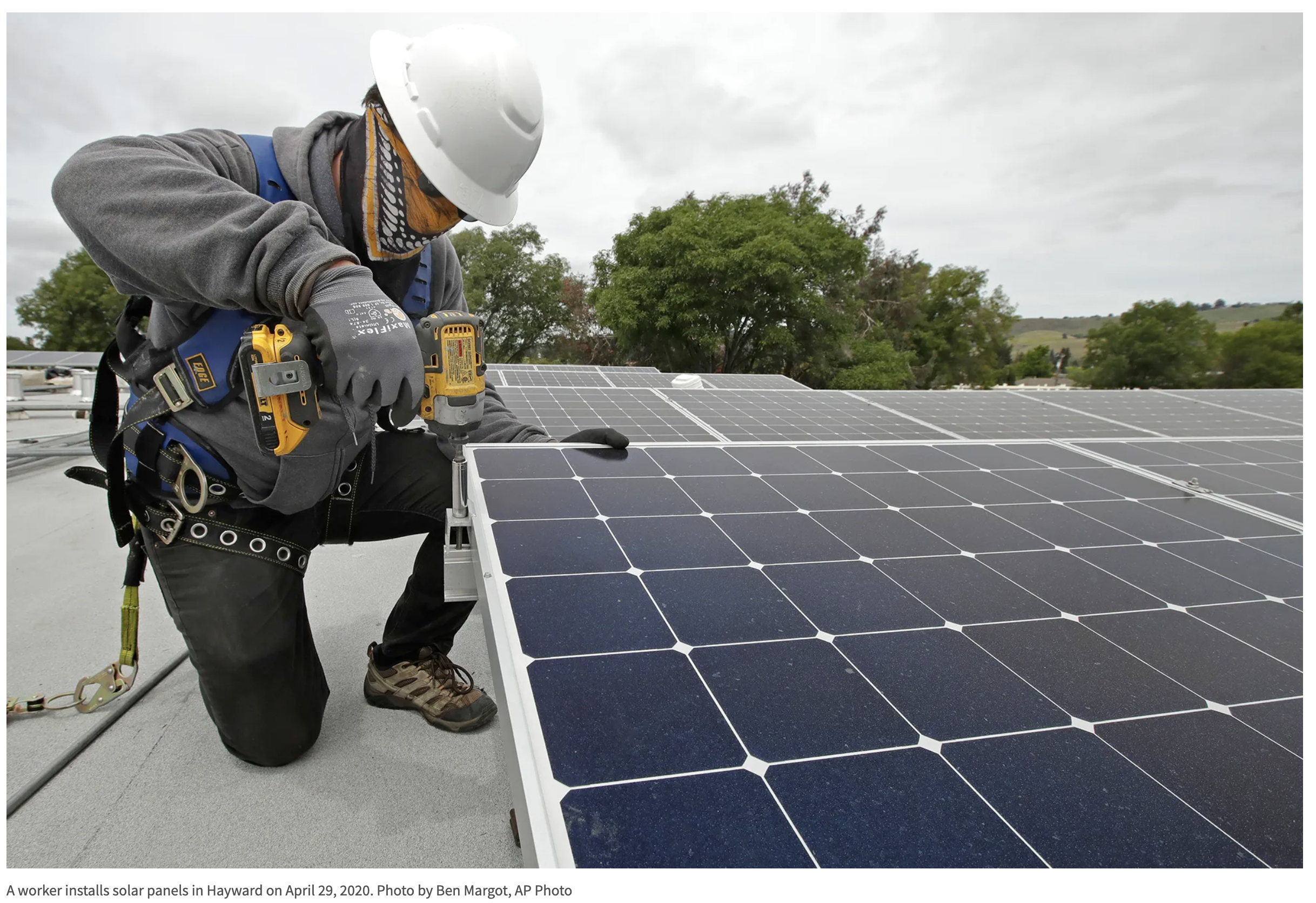The state’s two largest utilities routinely drag their feet connecting solar panels to the electric grid, missing state-mandated deadlines as much as 73% of the time, according to a complaint filed to regulators by solar advocates.
The complaint filed by a solar energy advocacy group urges the California Public Utilities Commission to hold utilities accountable when they fail to meet such deadlines. The commission is formally reviewing it.
The advocates have complained for years that such delays hinder California’s transition to renewables. State utility regulators are separately revisiting the process for connecting rooftop solar to the grid, including examining whether and how the utility commission should require utilities to comply with the timelines it established years ago.




